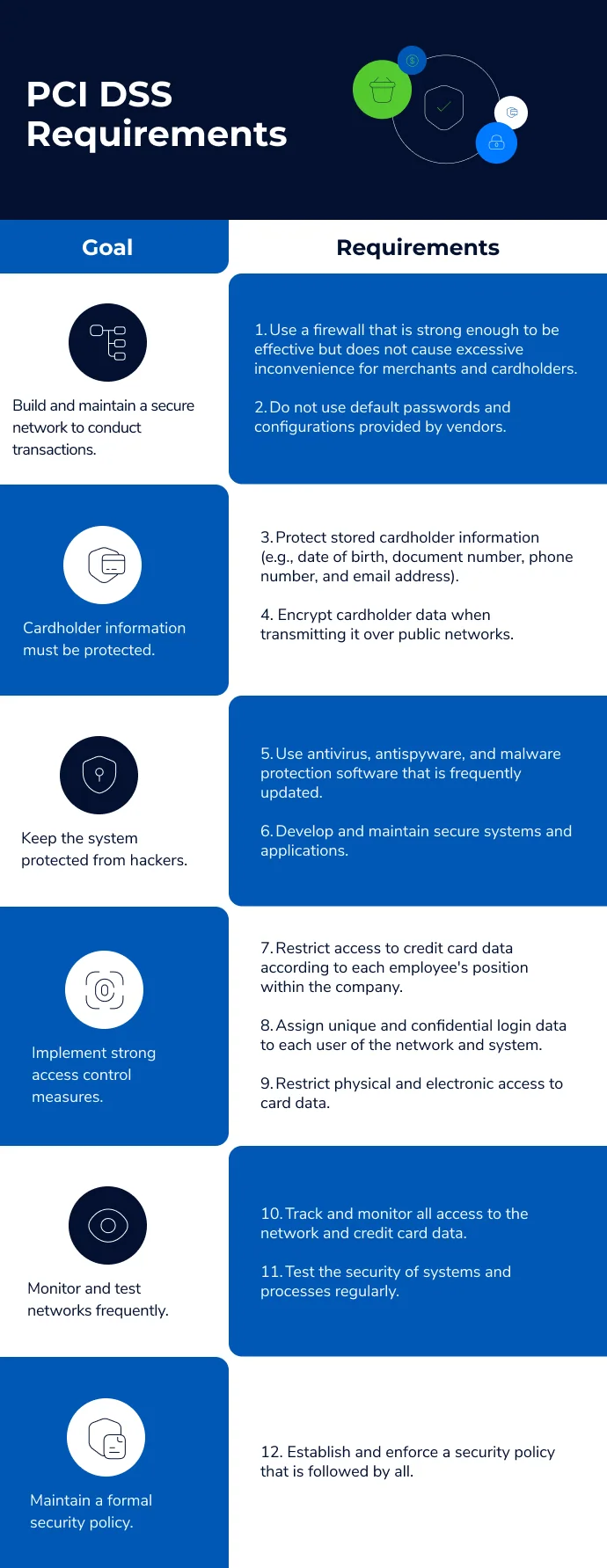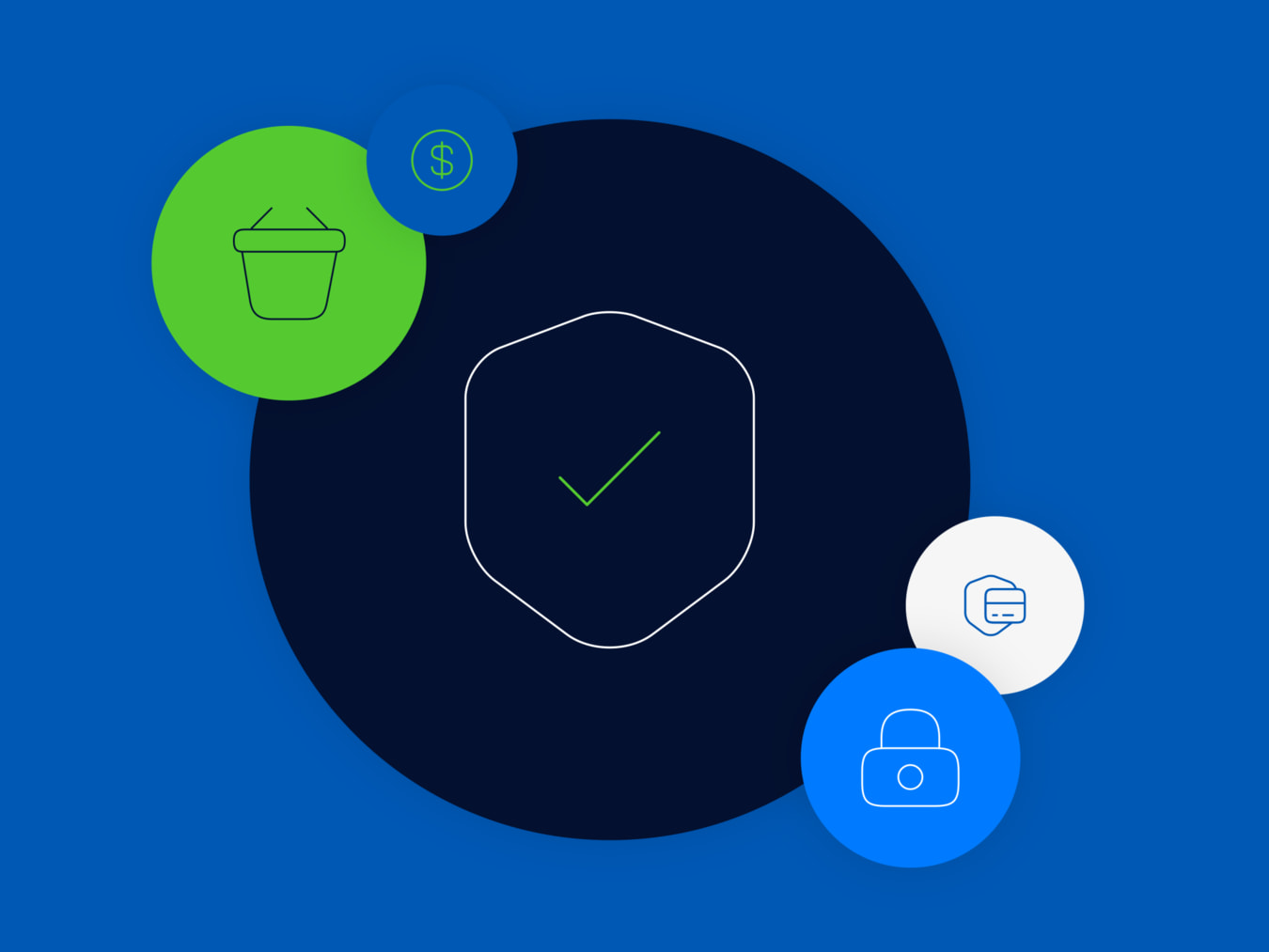Data security is one of the biggest challenges e-commerce businesses face today. As online transactions increase, so do the risks of fraud and data breaches. To protect your customers and your business reputation, it’s essential to implement strong security measures and comply with international standards. One of the most important standards is PCI DSS, a global framework designed specifically for securing payment card data.
What is PCI DSS?
PCI DSS stands for Payment Card Industry Data Security Standard. It is a comprehensive set of security requirements designed to protect payer data throughout the payment lifecycle. This data includes cardholder information such as card number, expiration date, and security code (CVV/CVC).
The security standard was established in 2004 through a joint initiative by the payment card brands Visa, MasterCard, American Express, Discover, and JCB. These brands also founded the Payment Card Industry Security Standards Council (PCI SSC), described as a “global, open organization formed to develop, enhance, disseminate, and facilitate the understanding of payment account security standards”.
What are the benefits of PCI DSS certification for your business?
PCI DSS certification is essential to ensure the data security of your e-commerce business. By adhering to this standard, you not only demonstrate a commitment to protecting your customers’ data but also unlock a range of benefits that drive your business’s success.
Here’s how PCI DSS certification can improve your operation:
Increased customer trust
By showing that your business complies with the rigorous PCI DSS standard, you convey a sense of security and trust to your customers. This public commitment to protecting sensitive data is a powerful competitive advantage that can strengthen your relationships with your consumers.
Reduced risk of fraud
The security measures required by PCI DSS, such as data encryption and the implementation of intrusion detection systems, create a strong defense against cyberattacks. By preventing fraud and chargebacks, you safeguard your business from financial losses and maintain your reputation in the market.
Compliance with card brand requirements
Meeting PCI DSS requirements is also an indispensable requirement for keeping strong relationships with card brands. Companies that fail to meet these security standards face fines and financial penalties and potential service suspension. By following the standard, you ensure business continuity and avoid disruptions that could harm your operations.
Improved brand reputation
PCI DSS certification is a powerful tool for building a strong and reliable brand. By demonstrating your commitment to data security, you set yourself apart from competitors and position your business as a trusted partner. A company known for valuing security gains a valuable reputation that contributes to long-term success.
As you can see, the benefits of PCI DSS certification go far beyond simple compliance with a standard. Investing in your customers’ data security is an investment in the future of your business.
Who is responsible for PCI DSS compliance?
Regardless of size, any company that processes, stores, or handles credit or debit card information must comply with these standards. Failure to meet PCI DSS measures can result in hefty fines, damage to your reputation, and even loss of authorization to process cards, which could jeopardize your business continuity.
However, it’s possible to reduce your PCI scope by using a secure payment gateway with PCI compliance certification. This allows merchants to offer credit and debit card payments without investing the time and resources needed to meet all PCI requirements.
How can you reduce your PCI DSS compliance responsibility scope?
Regardless of the payment processing model used – gateway, intermediation, or both, merchants can reduce their PCI scope using PagBrasil’s payment solutions. Currently, the following integrations are PCI DSS compliant:
- iFrame: this integration method ensures that payment data is processed through our systems, not the store’s. The buyer completes the transaction using a secure payment form hosted on PagBrasil’s servers, while enjoying a seamless payment experience. The URL displayed to the consumer remains that of the online store, so an SSL certificate is required on the page. It’s important to note that PagBrasil’s iFrame is fully customizable and responsive, adapting the payment form to any mobile screen resolution.
- Extensions: All extensions provided by PagBrasil work similarly to the iFrame integration. Merchants using our payment app for Shopify, Sales Force, or any other extensions benefit from a reduced PCI scope and enhanced security during credit card payment processing.
- Payment link / PB Checkout: For businesses that operate offline sales or call centers, for example, PagBrasil offers a payment link solution. Merchants can generate a payment link through the API or manually via the PagBrasil control panel, without needing any technical integration.
But be aware: Other integration methods offered by PagBrasil, such as API and JS, do not exempt the merchant from meeting PCI DSS compliance requirements, as transactions using these methods are not processed exclusively within PagBrasil’s environment. Below you will learn about the requirements and how they are distributed.
What are the PCI DSS requirements?
To obtain a PCI DSS compliance certificate, the merchant must demonstrate that they have sufficient systems and processes in place to effectively secure card information, regardless of business volume.
To comply with the Payment Card Industry Data Security Standard, both the merchant and the Payment Service Provider (PSP) must meet twelve requirements grouped into six main goals:

When all these guidelines are followed correctly, Payment Card Industry Data Security Standard significantly reduces the risk of a data leak. Therefore, it is essential that all e-commerce businesses accepting credit and/or debit transactions prove their compliance with PCI DSS standards.
What are the PCI DSS certification levels?
There are different PCI DSS certification levels for commercial establishments and payment processors. These levels vary according to the annual transaction volume of the company, as listed below:
PCI DSS levels for commercial establishments (physical or digital):
- Level 1: more than 6 million transactions per year, whether physical or digital;
- Level 2: from 1 to 6 million transactions per year, whether physical or digital;
- Level 3: from 20,000 to 1 million online transactions per year;
- Level 4: up to 20,000 online transactions per year.
PCI DSS levels for PSP – Payment Service Providers:
- Level 1: more than 300,000 transactions per year;
- Level 2: up to 300,000 transactions per year.
The efforts required to comply with PCI DSS certification are incremental, meaning that the higher your business level, the greater the requirements for compliance.
How can PagBrasil help your company?
With PCI DSS Level 1 certification, PagBrasil demonstrates its commitment to security and compliance with PCI requirements. We offer the highest level of security available in the payment industry and provide total protection for your business transactions.
By choosing PagBrasil, you benefit from the expertise of a company that understands complexities of digital security and can help you create a secure and efficient payment environment.
Interested in learning more about how PagBrasil can protect your business? Contact us and schedule a meeting with our experts.



